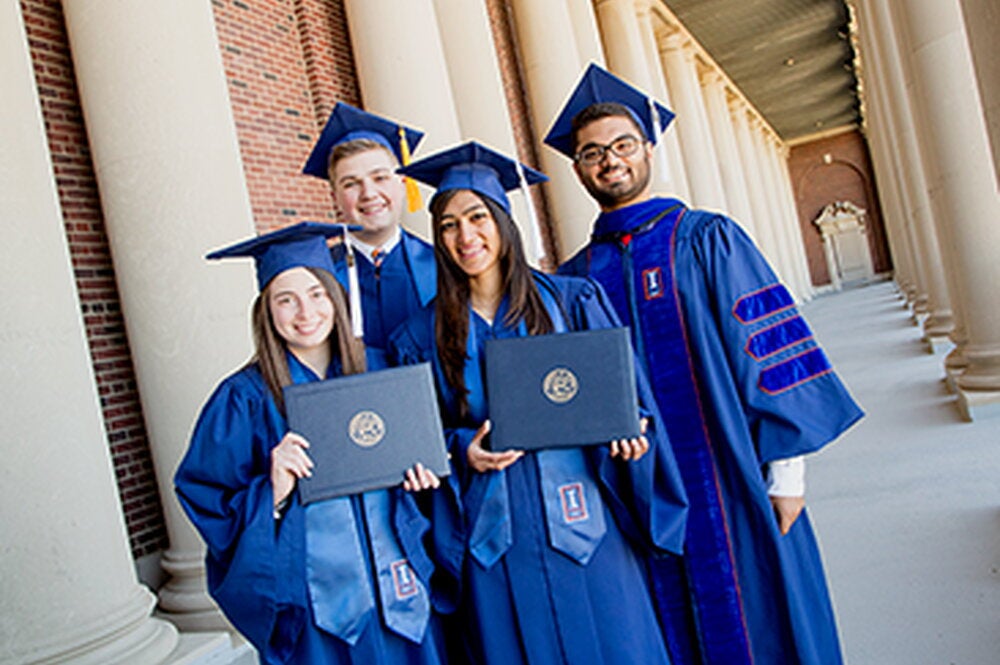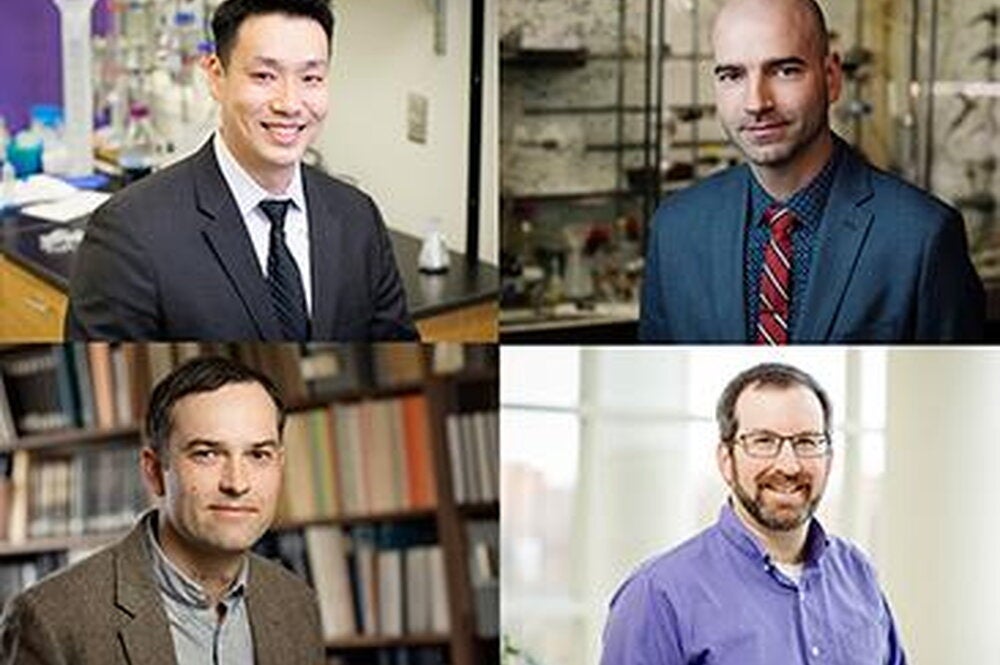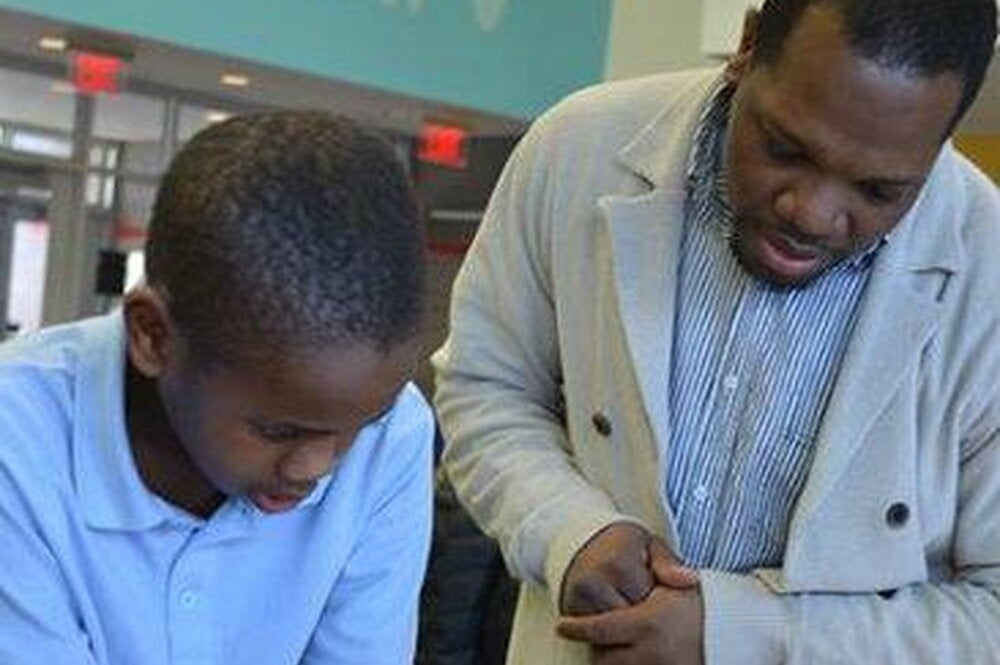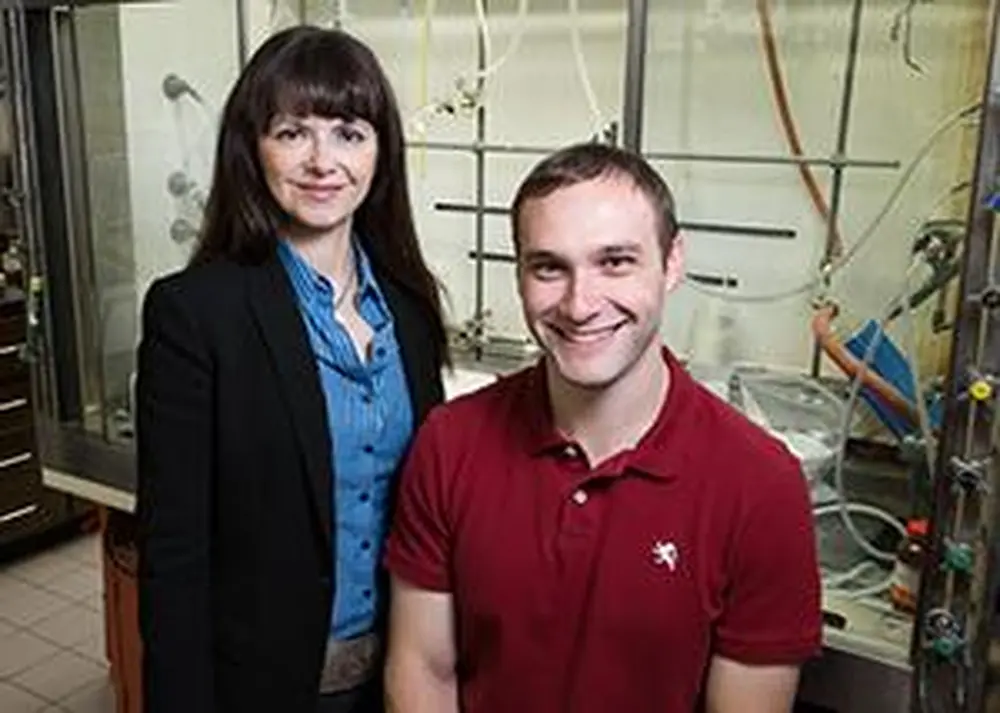
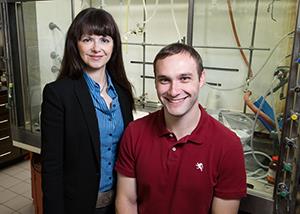
Chemistry researchers at Illinois have created an “enzyme mimic” that could shorten a key step of the drug discovery process from months to minutes.
Professor M. Christina White, who conducted the research with graduate student Paul Gormisky, reports that they created a catalyst—the “mimic”—that can alter the chemical profiles of numerous types of small molecules. This will greatly streamline the process of modifying known molecules in new ways, a key part of drug discovery, White says.
Researchers use enzymes generally to modify the chemical profiles of their targets to dismantle them or to enable them to perform specific functions. One key modification involves replacing a carbon-hydrogen (C-H) bond with a carbon-oxygen bond. These reactions, called oxidations, are essential to countless processes in the body, from drug detoxification to biosynthesis, but they can take a long time.
“The main cost of drugs isn’t making the drug, it’s actually discovering the drug, in part because there aren’t good ways to diversify molecules,” she said. “So if you have one molecule of interest that you’d like to modify, you often have to resynthesize the whole thing. It’s not efficient.”
However, the new catalyst, called iron CF3-PDP, can oxidize specific C-H bonds on many different targets.
Another option in drug discovery is to develop a new enzyme for every modification you want to make, she says.
“Let’s say someone in industry has some kind of medicinal compound and they want to oxidize it in a way that will give it a different or improved biological function,” she says. “Currently, this may be accomplished either by using an enzyme that had been specifically engineered for that molecule, or, more commonly, through a long synthetic process that could take months to complete.”
The new catalyst can accomplish one of these alterations in about half an hour, she says.
This catalyst and a previous one from White’s lab (called iron PDP) have been designed to oxidize specific types of C-H bonds. Iron PDP goes after the most electron-rich C-H bond on a molecule, while the new catalyst targets the most electron-rich C-H bond that also is the least encumbered by nearby atoms.
The specificity of the new catalysts allows the researchers to use computational methods and modeling to predict which bonds the catalysts will alter, Gormisky says.
“The other breakthrough here is that this model could be very generally applicable not just to our catalysts, but this whole genre of catalysts that do C-H oxidations,” White says.
The new catalyst has some limitations. It only oxidizes certain bonds on linear or cyclic molecules, and it doesn’t work on aromatic rings.
“But with the two new catalysts you can quickly and efficiently oxidize up to two different sites on one molecule,” White says. She and her colleagues hope to create “a whole toolbox of these things” to oxidize potentially any C-H bond on any molecule, she says.
